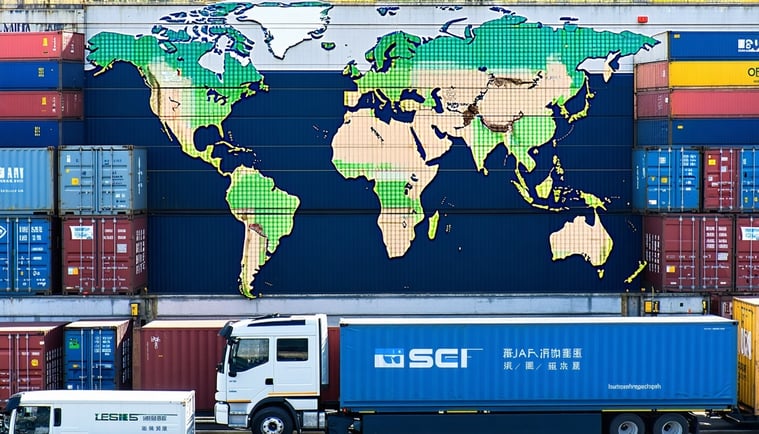
If you are part of an international business that deals with clients and customers across the world, one of your challenges will be translating not only ads but your website, marketing materials and any point of contact your users might interact with so that you can effectively communicate with all of your key audiences.
The main problem with translating ads is that it is unlikely that you have access to marketers who natively speak the languages of all the countries you might be targeting. This is even more of an issue for organisations that have an international presence, but not an international team or budget. There are solutions, though.
In most cases, the answer is to outsource translation; however, translators might not always fully understand the context or constraints linked to developing digital marketing ads. Understandably, some businesses choose to save budget and time by relying on online translation services like Google Translate (hint: please don’t do this)! While useful, this type of AI-based translation can cause serious issues, which can not only make your brand look unprofessional and inaccurate but might also risk you losing potential clients in the process.
The Headache of Translating Ads
Character Limits
One of the main problems that can be caused by simply translating ads is around character limits. As you may already know, Google Ads and other platforms limit the characters in ad copy. For example, headlines in Google Ads and Microsoft Advertising (formerly known as Bing Ads) are limited to 30 characters and descriptions to 90 characters. This can be a nightmare when the keywords you’re targeting are much longer in a different language, you are not fluent enough to colloquialise or shorten the ad content, or the language you need to translate to is not as flexible as English can be.
If you’re advertising in German, for example, you might experience some frustration as this language is known for its very long words. For example, if you ever needed to advertise on “insurance company that provides legal protection”, this translates to “Rechtsschutzversicherungsgesellschaften”, a whopping 39 characters for just one (admittedly beautiful) word.

Symbol based languages like Chinese, Japanese or Korean, can also be a challenge because each character counts twice since the symbols are larger than letters in the Roman alphabet, giving you only half the space to express yourself in!
Finally, languages rooted in Latin like French, Spanish and Italian have a more rigid structure than English, which can make it difficult to translate since words cannot be moved around easily.
To avoid problems around character limits, we would recommend working with a native speaker who also has a clear understanding of Google Ads (or whatever platform is being used). They should be given the original ad copy, not as a template, but as a brief. This way, they can interpret and translate the text correctly and it gives them the room to amend as needed to fit the character count. Literal translations risk problems around not only character limits but context as well. In short, you need to allow and trust your translator to adapt your copy appropriately and colloquially.
Top tip: make it clear to translators and clients that character limits are not a guideline or an estimate. They CANNOT be exceeded and if they are the ad will be disapproved.
Market Specificities
It’s important to take into account regional nuances as well. These changes in behaviour, tone of voice, context and more are all important to be aware of when writing copy for a different market. This is because what might make sense in English isn’t necessarily going to make sense in Arabic or Mandarin, etc. Customers in China might not have the same affiliation to ‘Costa’ or the ‘NHS’ as in the UK, nor are they likely to understand the same allusions. It is important to take this into account and it is another reason to use good quality translation services.

Famously, KFC translated their well-known slogan “Finger Lickin' Good” to use in advertisements in China (we assume without being reviewed by a native speaker first). The finished translation actually read as "Eat Your Fingers Off"! This just goes to show that it’s not just smaller companies who make these mistakes, huge multi-national organisations have also been known slip up because it’s extremely easy to get it wrong.
Another important aspect to bear in mind is that a foreign market might not react to your USPs (Unique Selling Points) in the same way as your home market. You simply cannot transpose exactly what you’re doing and expect it to work the same without the appropriate research. For example, even if they speak the same language, Australian customers are very different to British customers and they will therefore make their purchase decision based on different considerations. Make sure you study the market you’re entering to identify how to present your USPs so that the customers there will react positively, before including them in your ads.
International Paid Media Campaigns at Innovation Visual
We excel in managing multi-national businesses and campaigns, with native non-English speakers and skilled translators. Speak to us today.









